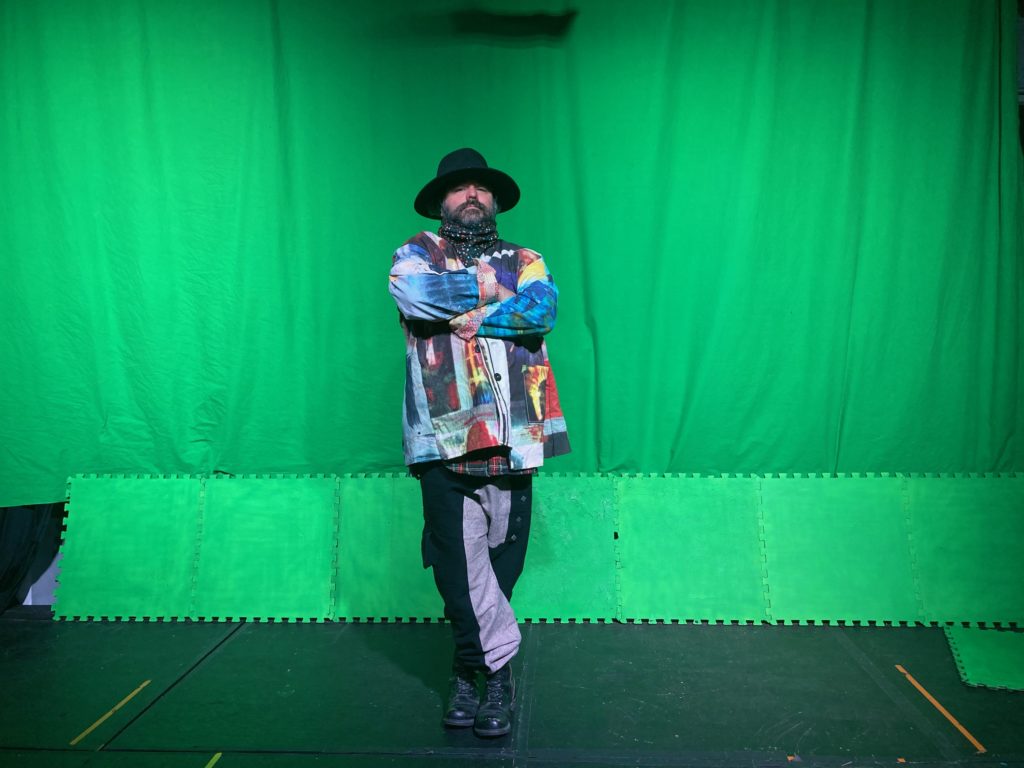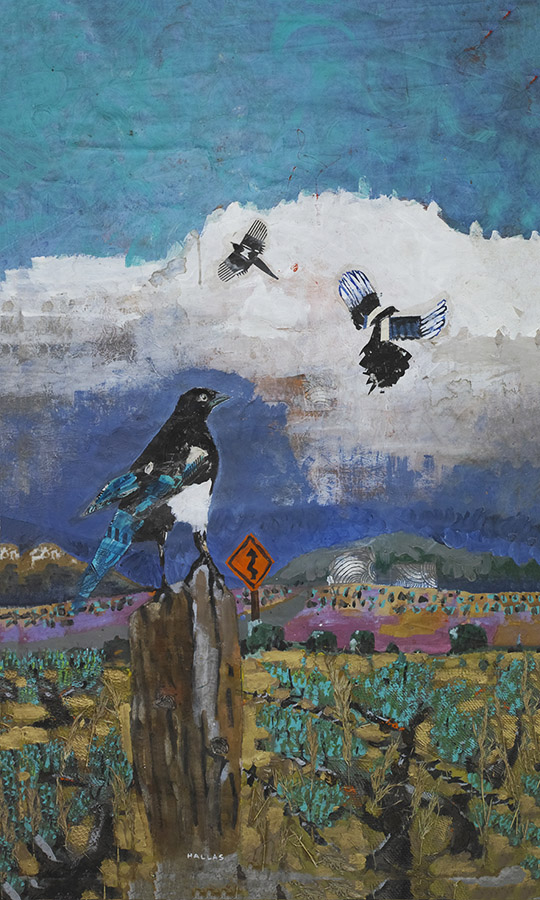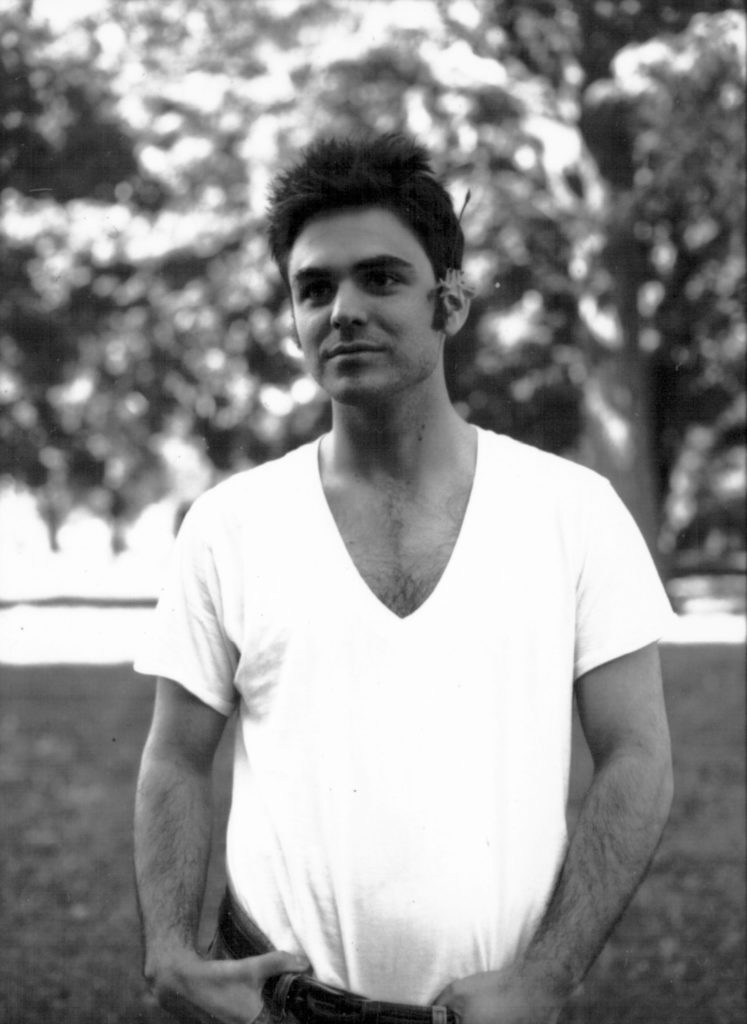On Painting

Painting is emotional. Painting is personal. Unlike academia, or politics – art is emotional freedom. It’s vulnerability. It’s spiritual and best when it comes uninhibited from the artist. Painting is dimensional – it has shadows. Painting is layers of time – when you paint you learn to appreciate effort. A photograph of a painting is a document of the work – an art-form in itself. It’s an image. The image of a painting is what lives in the mind’s eye of the audience. A painting lives. A painting changes when it changes environment. It feels different over time.
It’s better to live with a painting than to live with a television.
It’s better to talk to people face to face than through social media.
It’s better to live.
It’s better to paint.
Art History is the approximation of a painting’s meaning and an artist’s intent. Art historians approach artists through art, often, after they are gone – through letters, correspondences, first person narratives. The best way to know a painting is by knowing the painter yourself. You would do this by talking to him, or perhaps reading his biography. But mostly, you would do this by knowing his paintings. Only I know what I intended – in life or in painting. You can only know me by me telling you the story. People hijack other people’s lives for their own purposes – not always to help others be their best selves. You can experience a better approximation of my spirit through my paintings, poetry and songs than from other people’s stories.
For my show Terminal Uniqueness, I didn’t put labels on the walls with names and prices. I wanted people to experience the works without bias, to tell me what they thought and felt. I asked them which pieces were their favorites. Some pieces were obvious – like Magpie of the San Luis, sold to Kevin Prestwich – a Casey Hallas masterpiece. What I found is that favored paintings were as unique as the people who chose them. I was pleasantly surprised.

My place as a painter in contemporary art and Art History is unique. I am an expert in digital imaging – printed textiles. My work was used on Broadway and in feature films – the technology I learned won an Emmy and scientific achievement award from the Motion Picture Academy of America. I was a consultant for Black Swan – a film that won a Best Picture Oscar (my first feature).
I printed Jimmy Fallon’s set and rode the guest elevator for a back-stage tour at 30 Rockefeller Plaza in New York City. I did work at the Vatican, for Cirque Du Soleil, Museum of the Moving Image, Boston Pops Orchestra, The Kennedy Center; Bob Dylan’s Musical, Sting’s Musical, Green Day’s Musical, Tina Turner’s Musical, T-Rex’s Musical, Jimmy Buffett’s Musical, John Lennon’s Musical and even The Four Seasons. I visited John Stewart and Steven Colbert’s New York studio to pitch a job while they were on Comedy Central together.
Like John Lennon once sang, “A working class hero is something to be.”
Through my knowledge and access to material I have produced work that incorporates print in unique ways. For the final version of my exhibit I replaced the original paintings with scale reproductions. The color reproductions were so accurate some people didn’t even realize they weren’t paintings. My reproductions are just as much a form of art as the original works – changes in scale create different works.
You will be able to buy color reproductions and printed art products through my new site, Infinite Tapestry Company. I know the color science and printing processes to match the color of my originals. This is also my artwork. If you believe in me, I believe there is still a lot of spirit in the reproductions. This way I can get my work into the hands of the common man rather than just into vaults, private collections and museums.
My art can’t be created without emotion. My stories are my own to tell through my work. If you want life, come to me. Try to understand. I’m here for the searchers. I am currently digitizing my videos and committing my story to record.
I am the original.

